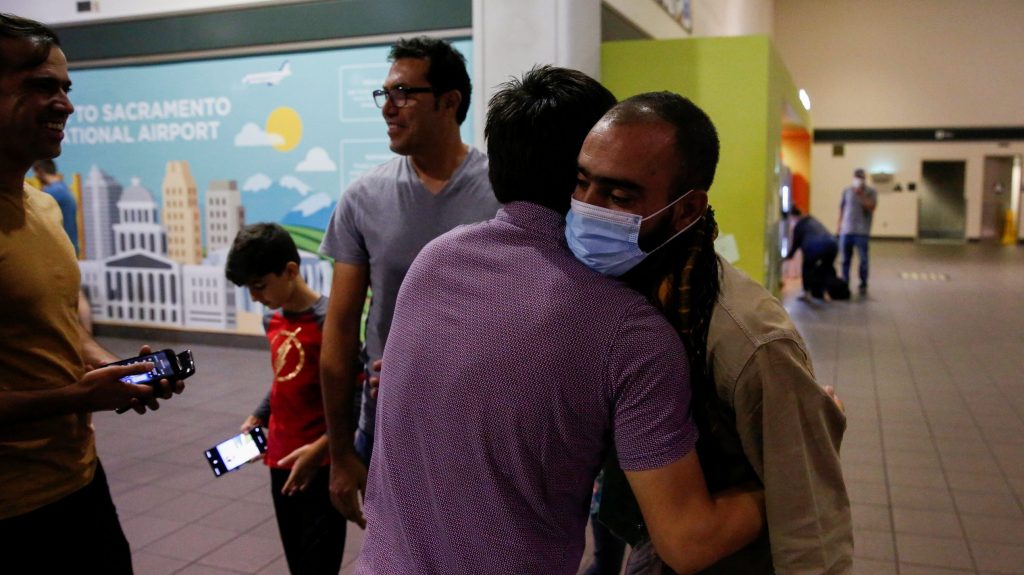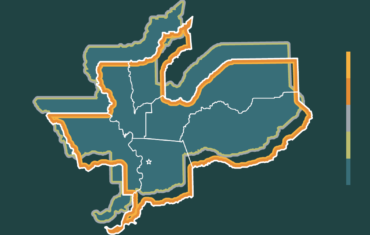Serving Refugees – A Lesson in Collaboration

Valley Vision is creating a vibrant and prosperous economy by supporting development of a talented workforce – educated, trained and ready – for the 21st Century economy. The current wave of Afghan refugees has drawn attention to how these new arrivals are integrated into our local workforce system. A refugee is a person living outside of his or her country of nationality who is unable or unwilling to return because of persecution, or a well-founded fear of persecution on account of race, religion, nationality, membership in a particular social group, or political opinion. The Sacramento region resettles a large number of refugees each year and is considered one of eight refugee impacted counties in California. Our region has begun receiving what is expected to be approximately 1,600 refugees, including Special Immigrant Visa holders, in the coming months.
A Collaborative Approach
In California, refugee programs are administered through the Refugee Programs Bureau (RPB), a division of the Department of Social Services. In a uniquely collaborative arrangement, goals are achieved by partnering with counties, workforce boards, nonprofits, school districts, faith-based, ethnic and community organizations. Each County Board of Supervisors determines which agency within the county governmental structure will be responsible for administering the refugee programs. Most often the County Welfare Department (CWD) is the designated agency. However, in Sacramento, there is a unique partnership between the CWD that oversees the delivery of public assistance, and the Sacramento Employment and Training Agency (SETA), which oversees the delivery of employment and acculturation services and overall refugee program coordination. Since 1983, SETA has been responsible for planning, coordinating and managing grant funds allocated to the county to provide refugee-specific employment services. The local resettlement agencies regularly convene forums open to refugees, service organizations and other stakeholders, in an effort to continuously collaborate and improve upon services.
The Refugee Experience
When refugees first arrive at the Sacramento International Airport, they are greeted by representatives from one of five local resettlement agencies; Sacramento Food Bank and Family Services, Opening Doors Inc. Sacramento, Lao Family Community Development Inc., World Relief Sacramento and International Rescue Committee. These agencies provide welcome, resources and introduction to services to help individuals and families survive and acclimate for their first 90 days in the country. Shortly before the arrival of the refugees, the resettlement agencies arrange for their housing, which includes basic furnishings, appliances, climate-appropriate clothing, and some food typical of the refugees’ culture. After arrival, resettlement agencies help refugees start their lives in the U.S., assisting them with applying for a Social Security card, registering children in school, learning how to access shopping facilities, arranging medical appointments, and connecting them with needed social, employment and language services.
Refugee status is accompanied by employment authorization and refugees are expected to become employed quickly in order to afford the high cost of living in our region and to begin repaying their loans to travel to the U.S., which can cost thousands of dollars. These conditions make employment attainment essential to the well-being of refugee families. SETA works with a number of community based organizations, school districts and resettlement agencies to assist refugees with transitioning to employment as quickly as possible. Services provided include Vocational English as a Second Language training, employment placement services, on the job training, navigator services, social adjustment and cultural orientation. A full list of refugee employment service providers is located on SETA’s website.
Of the more than 20 million refugees of concern to the United Nations, less than 1% are resettled each year. Although historically the U.S. has resettled more refugees than other country, its resettlement program has waned recently with the most recent fiscal year having the lowest U.S. refugee limit since 1980. Each year the number accepted to the U.S. is set by the President in consultation with Congress. Additional information on this most recent wave of refugees, refugee resettlement and services is available at the following links: California’s Afghan Arrival Response, videos on the Refugee Resettlement experience, and the Sacramento Region’s local services. Creating inclusive opportunities for the regional refugee community is a critical function of our workforce system, and the collaborative efforts of these partners are critical to ensuring a high quality of life for these populations.
To keep up with Valley Vision’s work to advance a future-ready workforce in the Sacramento region, subscribe to our 21st Century Workforce email newsletter!”
Renee John is a Valley Vision Project Leader managing initiatives within the 21st Century Workforce impact area.




